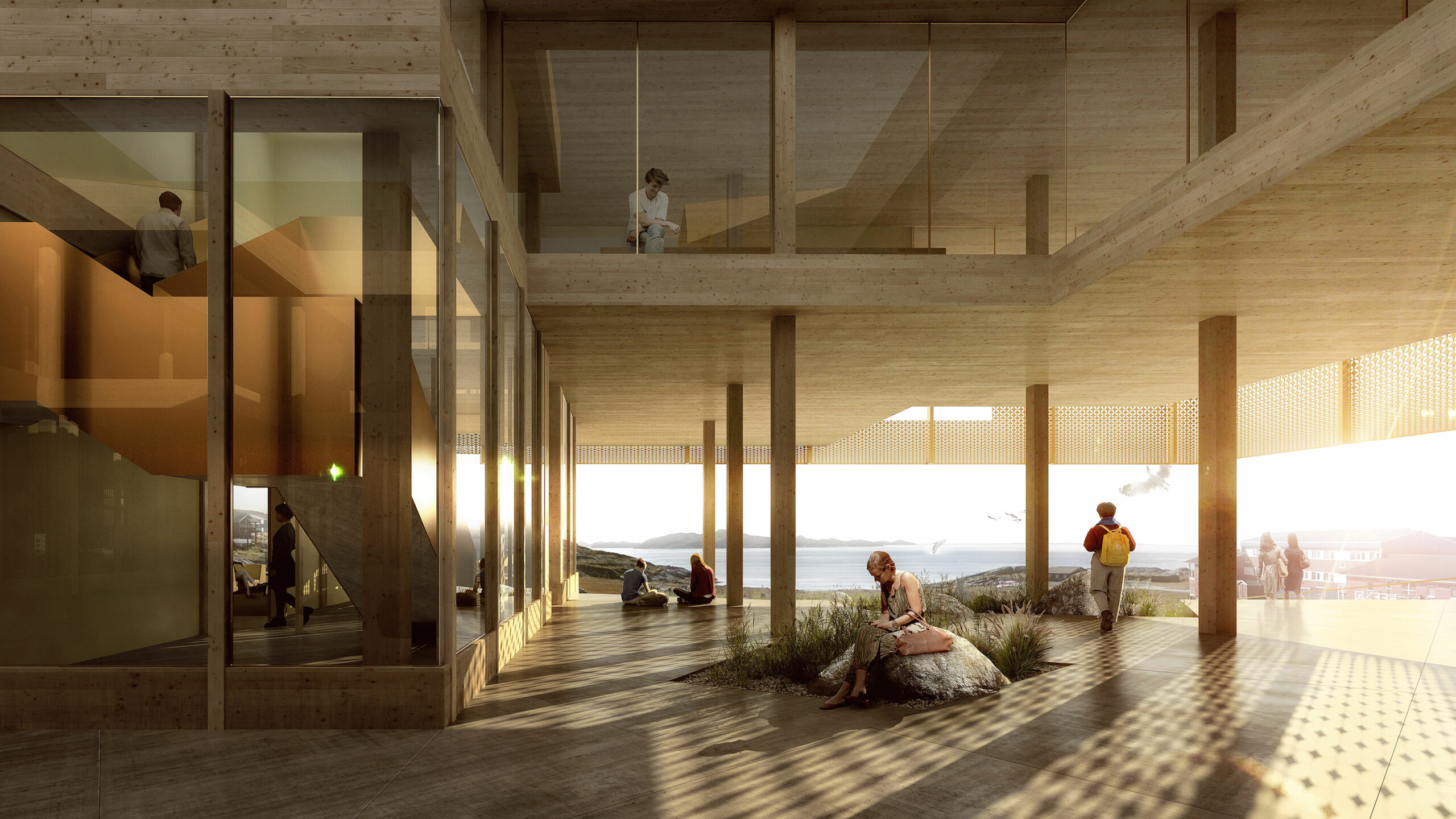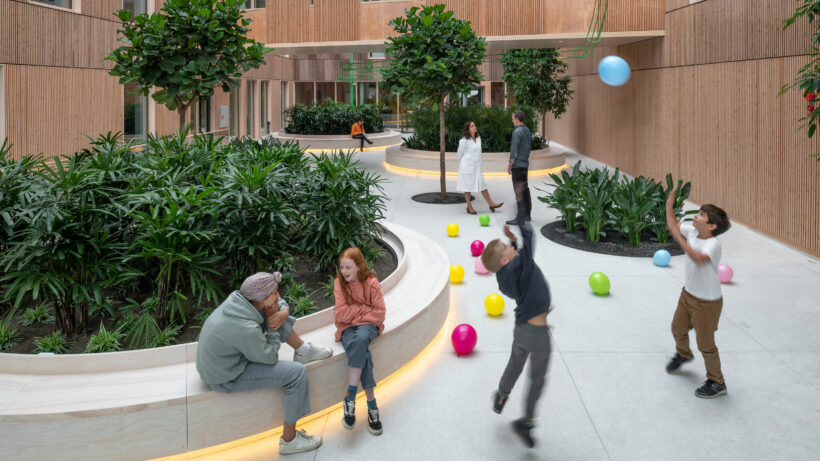In our part of the world, we spend about 90% of our time indoors. This makes it particularly important to design indoor environments that promote our health. When we think of wood as a building material, we think of the environmental aspects, but the benefits of wood also include good health aspects. A growing body of research shows that wood can contribute to well-being, both physically and psychologically.
In the WRL report Wood and Health, White explores how wood can affect our well-being. It shows that people can experience a range of health benefits by spending time in nature or surrounding themselves with natural elements such as wood. It is a living material that helps to reduce our stress levels and makes us more productive and creative.

